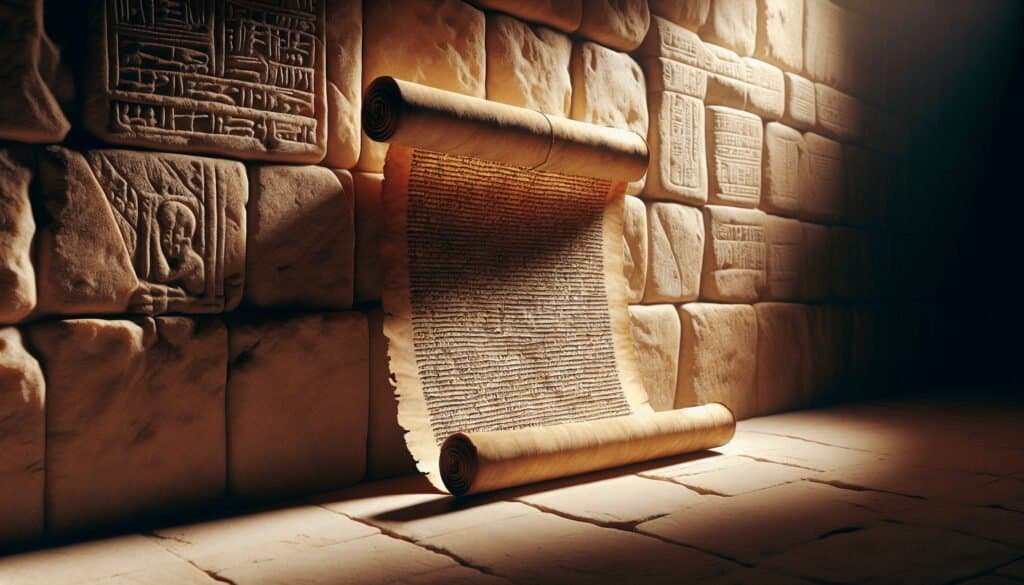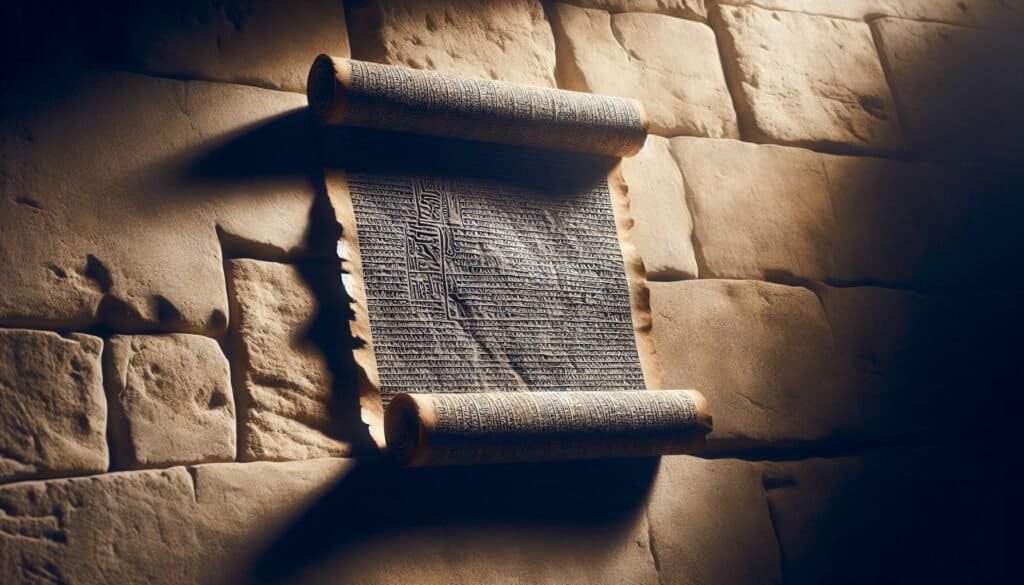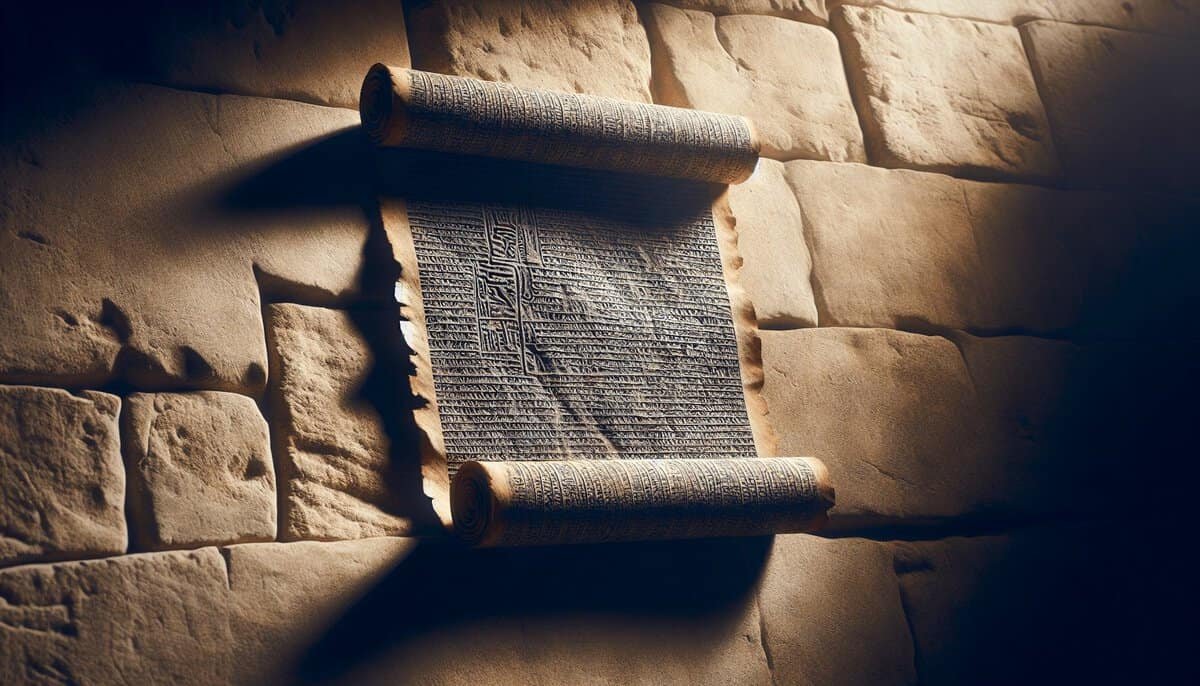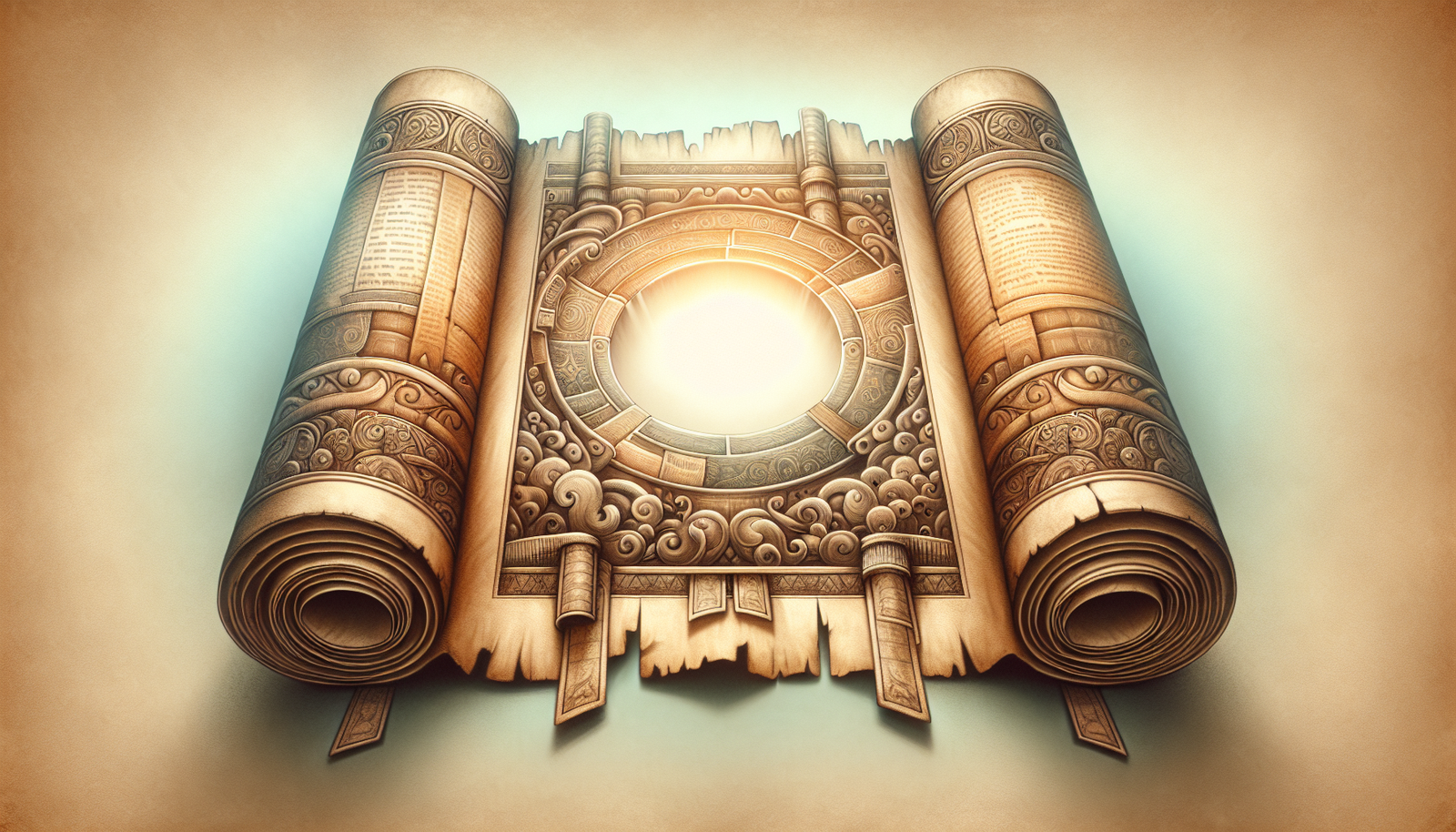When you think about ancient civilizations, what images come to mind? Is it the sprawling ruins of once-great cities, the mysterious artifacts left behind, or perhaps the stories etched in religious texts that tell tales of human experience? The ancient city of Jericho, one of the oldest continually inhabited places on earth, might just capture your imagination in a way few others can. Let’s take a closer look at Jericho, specifically the intriguing complexities surrounding its occupation as unveiled in new manuscripts.
The Significance of Jericho
Jericho, located in the West Bank, is often referred to as the “City of Palms.” Its historical and archaeological significance stretches back thousands of years, making it a crucial touchpoint for understanding human civilization. This city is not just known for its age; it has been a witness to the unfolding of biblical narratives and has recently become a focal point for archaeologists and scholars interested in the intricacies of ancient occupations.
Archaeological Findings and Their Implications
Over the years, archaeologists have uncovered layers upon layers of occupation in Jericho. Each layer tells a story, shedding light on the lives of those who lived there.
Ancient Walls: The walls of Jericho are famous for their biblical story, yet they are also a testament to human ingenuity. The remains have shown successive rebuilds and fortifications, highlighting the city’s strategic importance.
Artifacts Galore: From pottery shards to ancient tools, the findings at Jericho provide insight into daily life, trade, and cultural exchanges. These artifacts help to piece together the fabric of society at various points throughout history.
Could this evidence suggest that Jericho was a hub of interaction between neighboring cultures? It’s a tantalizing idea that drives scholarly debate.
The Jericho Alcove Manuscripts
Recent discoveries, including what some scholars refer to as the “Jericho Alcove Manuscripts,” have opened fresh avenues for exploration. These newly found texts provide material for many conversations about the implications of occupation during different historical periods.
Understanding the Manuscripts
The manuscripts uncovered near Jericho appear to discuss various themes such as land ownership, community organization, and environmental stewardship. The details within these texts could reshape our understanding of how various groups coexisted and the conflicts that arose from differing claims to the land.
Land Claims: Some sections of these texts outline disputes over ownership, possibly indicating tension among different groups. This element echoes modern territorial disputes, inviting comparisons to contemporary issues.
Social Structure: Insights into the hierarchy and organization of communities can be gleaned from these manuscripts. Understanding who held power and influence can contextualize broader societal norms of the time.
Climate Influence: Several references suggest that inhabitants were acutely aware of environmental conditions, perhaps even influencing their agricultural practices and lifestyle choices.
A Convergence of Scholarship
What’s captivating about these manuscripts is how they serve as a bridge between ancient contexts and modern interpretations. Scholars from various disciplines—archaeology, theology, history—are coming together to analyze these texts. Each lens adds depth to the discussion:
Archaeologists provide insight into the material culture of Jericho, connecting artifacts found with the narratives in the manuscripts.
Theologians often focus on scriptural interpretations, exploring how these findings influence our understanding of biblical stories.
Historians contextualize these findings within broader historical movements, drawing connections to other ancient civilizations and their interactions.
As discussions continue, it becomes evident that these manuscripts do more than recount historical facts; they shape how contemporary society understands the complexities of occupation and coexistence.

The Biblical Context
Jericho holds a prominent place in biblical texts, notably within the Hebrew Bible. The story of Joshua and the walls of Jericho famously tells of the Israelite conquest of the city. Yet, examining this narrative requires a nuanced understanding of occupation—who was there, when, and under what circumstances.
The Wall Narrative
The story of the walls falling down at Joshua’s command has been interpreted in various ways, each interpretation providing different insights into the nature of conquest and occupation.
Symbol of Divine Favor: For many believers, the account represents divine intervention. It serves as a narrative of faith and obedience leading to victory.
Military Strategy: Historians offer another perspective, suggesting that the story encapsulates military strategy in ancient warfare. While faith played a role, tactical elements were likely involved in how the siege was conducted.
The Role of Indigenous Peoples
The biblical narrative often overlooks the people who were already living in Jericho. Understanding the perspectives of the indigenous populations provides a critical lens through which you can appreciate the complexities of living in a contested space.
Cultural Interactions: The occupation of Jericho was not merely a linear story of conquest; it was a melting pot of cultural interactions, with diverse groups contributing to the region’s history.
Displacement Narratives: What happened to the people of Jericho once the Israelites entered? Accounting for their experiences adds further layers to the understanding of occupation.
Theological Reflections on Occupation
Occupation raises significant theological questions about justice, morality, and divine plans. In many faith traditions, the relationship between God and land is deeply enmeshed.
Ethical Considerations
As modern discussions around land conflict continue, exploring the theological implications of the ancient texts provides a fertile ground for ethical considerations.
Justice: Many religious scholars weigh in on what it means to be just stewards of the land. The ethical responsibility to care for and protect one another is a theme echoed in many religious texts.
Conflict Resolution: The stories of ancient conflicts can offer lessons in today’s world. How can the struggles of the past inform more peaceful resolutions in contemporary settings?
Modern Parallels
Examining occupation in the context of Jericho can provoke thoughts about modern situations. The region remains a focal point of tension and complexity, where historical narratives continue to influence present realities.
Historical Grievances: Understanding the past can help contextualize current disputes. Many residents draw upon historical narratives as a source of identity and justification for territorial claims.
Sharing Spaces: As Jericho’s history illustrates, shared spaces can foster communal growth, despite potential for conflict. Finding ways to coexist might be the ultimate lesson from these ancient texts.

Insights from Modern Archaeology
As technology advances, so too does our understanding of ancient sites like Jericho. Modern archaeological techniques can tease apart the complexities of historical narratives more effectively than ever before.
Technological Innovations in Archaeology
New technologies such as ground-penetrating radar, 3D imaging, and advanced dating techniques allow archaeologists to gather information that earlier scholars could only dream of.
Ground-Penetrating Radar: This non-invasive technique allows researchers to visualize what lies beneath the surface without digging. It can reveal previously hidden structures, potentially altering timelines of occupation.
3D Imaging: By creating a digital likeness of artifacts, scholars can analyze aspects of an object that may be otherwise difficult to discern with the naked eye. This technique promotes collaborative research.
The Interdisciplinary Approach
An interdisciplinary approach, combining archaeology with fields like anthropology and environmental science, offers a holistic view of ancient communities. The Jericho Alcove manuscripts serve as the perfect launching point for such discussions.
Anthropology: Cultural anthropology can offer insights into social structures and human behavior during various periods of Jericho’s history.
Environmental Science: Understanding the environment—climate patterns and agricultural practices—is crucial in grasping the broader narrative of occupation. The interplay between human activity and natural conditions can illuminate aspects of life in ancient Jericho.
As you reflect on these insights, consider how they might inform not just your understanding of ancient Jericho but also your perspective on how cultures interact and coexist today.
Conclusion: Tying Ancient Contexts to Modern Perspectives
The manuscripts discovered in the Jericho Alcove provide a unique window into the complexities of occupation in ancient times. By examining these texts through various lenses—archaeological, theological, historical—you gain a nuanced understanding of the diverse influences that shaped life in this ancient city.
In many ways, the lessons gleaned from Jericho resonate with contemporary issues of territorial claims, cultural identities, and environmental stewardship. The stories of our past continue to inform our actions and beliefs in the present.
As you ponder the nuances of occupation at Jericho, remember that history is rarely simple. The city holds within its walls a tapestry of human experience—one that continues to speak to us today.



